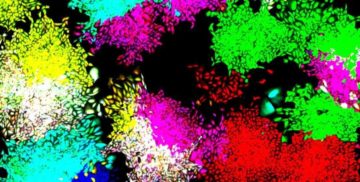Lori Dajose in Phys.Org:
 It may seem hard to believe, but each one of us began as a single cell that proliferated into the trillions of cells that make up our bodies. Though each of our cells has the exact same genetic information, each also performs a specialized function: neurons govern our thoughts and behaviors, for example, while immune cells learn to recognize and fight off disease, skin cells protect us from the outside world, muscle cells enable movement, and so on.
It may seem hard to believe, but each one of us began as a single cell that proliferated into the trillions of cells that make up our bodies. Though each of our cells has the exact same genetic information, each also performs a specialized function: neurons govern our thoughts and behaviors, for example, while immune cells learn to recognize and fight off disease, skin cells protect us from the outside world, muscle cells enable movement, and so on.
All of these cell types have a common origin as so-called pluripotent stem cells. Full of possibility, stem cells are like a blank slate that can become any type of cell. As an analogy, think of how a child grows into an adult and chooses a career and life path. How stem cells choose their careers depends on complicated chains of reactions within a cell’s genome (its DNA), called genetic circuits. Now, researchers in the laboratory of Caltech’s Michael Elowitz, professor of biology and bioengineering and Howard Hughes Medical Institute Investigator, have developed a synthetic genetic circuit that demonstrates how cells could choose their fates.
More here.
